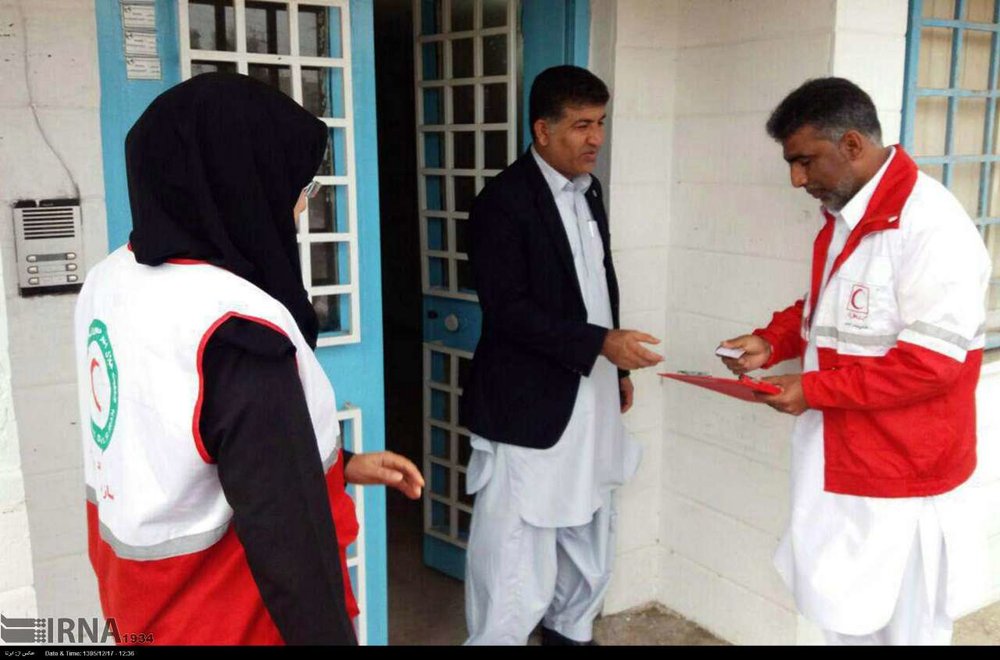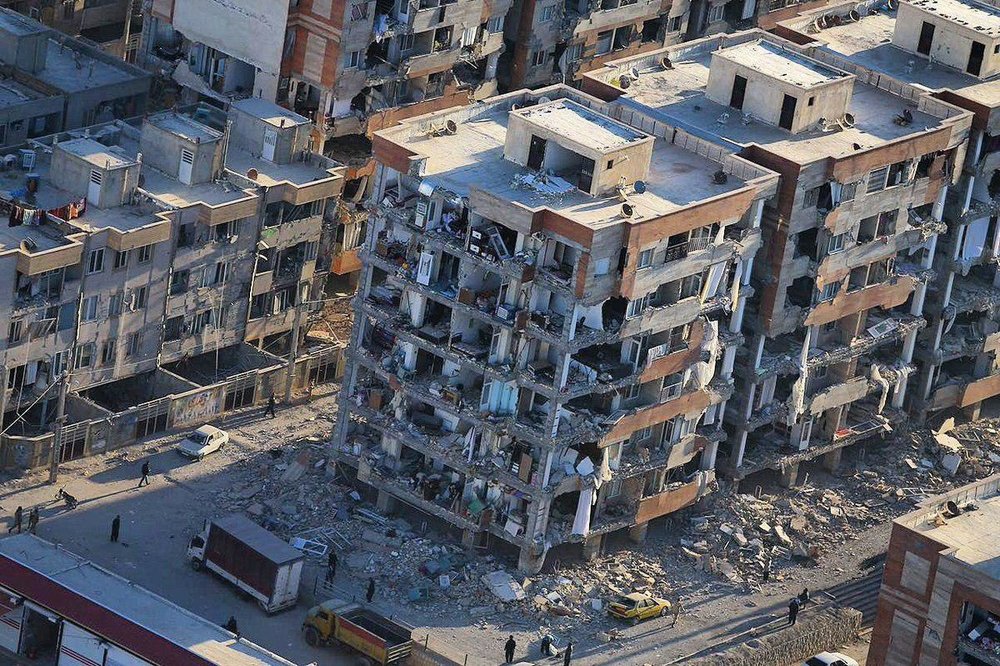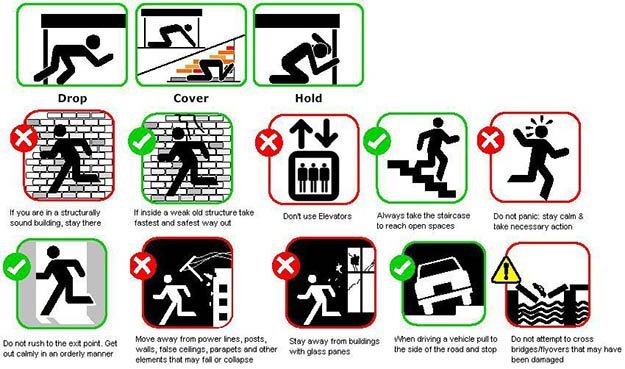‘Earthquake is not dangerous if you are prepared’

TEHRAN -- Iranians all around the world spend bitter days receiving sad news about aftermath of the recent earthquake which hit the western Kermanshah province.
The magnitude 7.3 temblor jolted Kermanshah late on Sunday, leaving at least 432 dead and more than 9,400 injured. It was so massive that many western, southern and central provinces of Iran as well as neighboring countries felt tremors.
The earthquake caused widespread devastation in the town of Sarpol-e Zahab, about 15km from the border in Kermanshah.
Some 40,000 buildings were razed to the ground and left many homeless who are still in need a warm place to sleep.
People in other cities and countries rushed to help earthquake victims by donating money or dispatching relief kits to the place.
But what is the best way to counter natural disasters? How can we reduce the hazard of earthquake? To answer these questions, the Tehran Times has conducted an interview on Tuesday with the head of technical training center at the Red Crescent Society Mohammad Montazeri.

Construct earthquake-resistant buildings!
“Earthquake, as a natural disaster, is not dangerous if we are ready for it,” Montazeri said.
“Construction of earthquake-resistant buildings is very important. These structures can be used as shelters during earthquake in the way that the residents don’t need to leave the building during an earthquake as they can find safe spots in advance,” he explained.
He said that the expenses, which are used for relief and rescue during an earthquake, should be spent on reinforcing the existing buildings and also paying attention to newly constructed buildings to be earthquake-resistance.
“Unfortunately some newly constructed buildings were collapsed during Kermanshah earthquake, which shows a lack of strict supervision,” Montazeri said.

Knowing first aid would save lives!
He also pointed to basic first aid as an important factor for being prepared for any emergency or during natural disasters.
“During an earthquake, many victims lose their lives in the first minutes. A person who knows how to give first aid is a great help and can save many lives,” he added.
He said that basic first aid is necessary in many cases like severe bleeding or heart arrest.
“No one can help the victim other than people around him or her so it is necessary to know about first aid as a responsible citizen,” he said.

Keep calm and don’t rush!
“People should be trained that rushing downstairs or outdoor during the earthquake only endanger their lives,” he said.
He said that many people died in rush even in mild earthquakes.
“We should keep calm and don’t feel threatened during earthquake, in this way we can take more logical decisions,” he added.
The magnitude 7.3 temblor jolted Kermanshah late on Sunday, leaving at least 432 dead and more than 9,400 injured. It was so massive that many western, southern and central provinces of Iran as well as neighboring countries felt tremors.
The earthquake caused widespread devastation in the town of Sarpol-e Zahab, about 15km from the border in Kermanshah.
Some 40,000 buildings were razed to the ground and left many homeless who are still in need a warm place to sleep.
People in other cities and countries rushed to help earthquake victims by donating money or dispatching relief kits to the place.
But what is the best way to counter natural disasters? How can we reduce the hazard of earthquake? To answer these questions, the Tehran Times has conducted an interview on Tuesday with the head of technical training center at the Red Crescent Society Mohammad Montazeri.
Training, training and training!
“Training is an important factor to cope with natural disaster. Through training, citizens get mentally ready to manage catastrophe."
Training is an important factor to cope with natural disaster, he said.
Through training, citizens get mentally ready to manage disaster, he explained.
Montazeri said schools are great places to familiarize students with disaster management.
“Ordinary citizens can learn first aid and some principle to cope with natural disasters in eight-hour courses,” Montazeri mentioned.
He pointed to a national plan held by Iranian Red Crescent Society known as Household Hazard Preparedness Plan (KHADEM).
The door to door plan aims to prepare Iranian families with disaster management, he concluded.
What is KHADEM?
KHADEM is a Persian acronym for Household Hazard Preparedness Plan which promotes Red Crescent’s Households Disaster Preparedness Index (HDPI) by changing their hazard behaviors from 9.3% to 30% up to the end of 2021 through training and educating Iranian households door to door.
The plan is performed in line with article 3 of Iranian Red Crescent Society statute that states “planning and action for disaster preparedness and training the general public in emergencies.”
In order to adopt the scheme volunteers would go to the citizens’ houses, train them and provide them with home safety guides for 12 sessions at no cost at all.
Families who live in cities and areas with higher natural disaster risks would be given priorities over other families.
Some 250,000 Iranian families are being trained for disaster preparedness by the end of the current Iranian calendar year (March 2017) and the scheme will cover all families by March 2022.
Household Disaster Preparedness Index (HDPI) is composed of 15 components.
It includes identification of safe and unsafe spots of houses, risk assessment of structural parts of building, reducing the danger of nonstructural components, preparing family emergency bag and emergency communication plan.
SB/MQ/MG
Leave a Comment